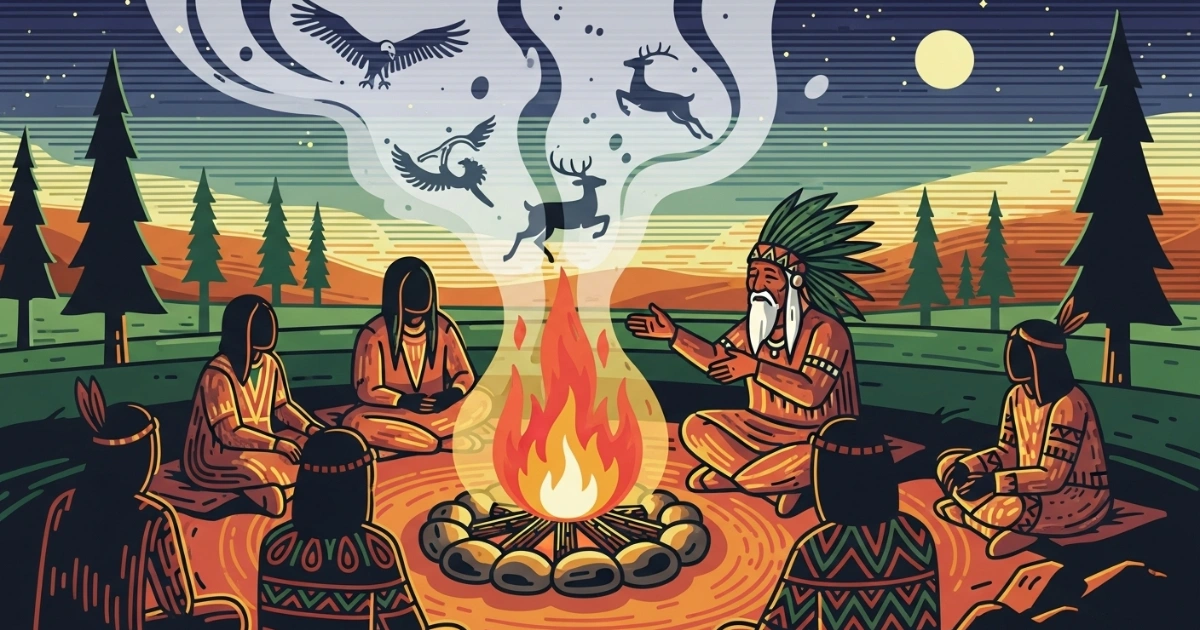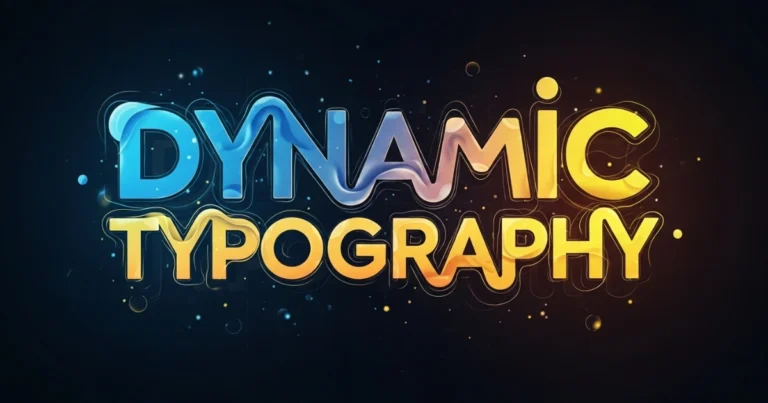Tribal Storytelling: Preserving Culture Through Oral Traditions

Contents
Tribal storytelling is a timeless art form that weaves the fabric of cultural identity, passing down wisdom, values, and history through generations. For centuries, indigenous communities worldwide have used oral traditions to preserve their heritage, share knowledge, and strengthen communal bonds. This article delves into the essence of tribal storytelling, exploring its historical roots, cultural significance, techniques, and its evolving role in the modern world. By understanding this ancient practice, we can appreciate how it continues to shape identities and inspire future generations.
The Historical Roots of Tribal Storytelling

Origins in Ancient Communities
Tribal storytelling emerged as a fundamental practice in early human societies. Before the advent of written language, oral narratives were the primary means of recording history, beliefs, and traditions. Indigenous tribes across Africa, Australia, the Americas, and Asia relied on storytelling to document their existence. For instance, Aboriginal Australians used “Dreamtime” stories to explain the creation of the world, blending spirituality with practical knowledge about the land.
These narratives were not mere entertainment; they were sacred. Storytellers, often elders or shamans, held revered roles as keepers of knowledge. Their tales carried lessons about survival, morality, and the environment, ensuring the tribe’s continuity.
Evolution Across Generations
As societies evolved, so did the methods of tribal storytelling. While the core purpose remained—to transmit culture—the stories adapted to reflect changing circumstances. For example, Native American tribes like the Navajo incorporated tales of migration and adaptation into their narratives, reflecting their historical journeys. Similarly, African tribes such as the Yoruba used storytelling to pass down complex cosmologies and social norms.
Over time, colonization and modernization challenged these traditions. Written records and digital media began to overshadow oral storytelling. However, many tribes resiliently preserved their narratives, adapting them to new contexts while maintaining their essence. Today, tribal storytelling remains a vibrant practice, bridging the past and present.
The Cultural Significance of Tribal Storytelling

Preserving Identity and Heritage
Tribal storytelling serves as a vital tool for preserving cultural identity. Each story encapsulates a tribe’s values, beliefs, and worldview. For instance, the Maasai of East Africa use stories to teach respect for nature and communal living. These narratives reinforce a sense of belonging, especially for younger generations facing modern influences.
Moreover, storytelling fosters pride in heritage. By recounting tales of ancestors’ bravery or spiritual encounters, tribes strengthen their collective identity. This is particularly crucial for communities facing cultural erosion due to globalization. Through storytelling, they reclaim their narratives and assert their place in the world.
Building Community Bonds
Another key aspect of tribal storytelling is its role in fostering community cohesion. Stories are often shared during communal gatherings, such as ceremonies or fireside chats. These events create shared experiences, reinforcing social ties. For example, the Inuit of the Arctic share stories during long winters, strengthening family and community bonds through collective listening.
Additionally, storytelling encourages intergenerational connection. Elders pass down knowledge to youth, ensuring continuity. This exchange builds mutual respect and understanding, creating a cohesive community rooted in shared history.
Techniques of Tribal Storytelling

Oral Performance and Delivery
The art of tribal storytelling lies in its delivery. Storytellers use vivid imagery, rhythmic speech, and expressive gestures to captivate audiences. For instance, West African griots, or professional storytellers, combine music, poetry, and drama to bring stories to life. Their performances are dynamic, engaging listeners of all ages.
Furthermore, repetition and rhythm are key techniques. Many tribal stories use repetitive phrases or chants to aid memorization and emphasize key themes. This ensures that stories are easily recalled and passed down accurately. For example, Polynesian tribes use rhythmic chants to narrate genealogies, preserving intricate family histories.
Symbolism and Metaphor
Tribal storytelling often employs symbolism and metaphor to convey deeper meanings. Animals, natural elements, and mythical beings represent universal truths or moral lessons. For instance, in many Native American stories, the coyote symbolizes cunning and adaptability, teaching listeners about resilience.
These symbolic elements make stories accessible yet profound. They allow listeners to interpret narratives on multiple levels, from simple entertainment to philosophical insights. As a result, storytelling resonates across generations and cultures.
Interactive and Participatory Elements
Unlike written literature, tribal storytelling is interactive. Audiences often participate by responding to prompts, singing along, or even adding to the narrative. This engagement strengthens the storytelling experience, making it a collective act. For example, among the San people of Southern Africa, listeners may interrupt to ask questions or offer insights, creating a dialogue.
This participatory nature ensures that stories evolve with each telling. They remain relevant by incorporating contemporary experiences while preserving core themes. Consequently, tribal storytelling is a living tradition, adapting to the needs of each generation.
Tribal Storytelling in the Modern World

Challenges in the Digital Age
In today’s fast-paced, technology-driven world, tribal storytelling faces significant challenges. The rise of digital media and globalization threatens to overshadow oral traditions. Younger generations, drawn to smartphones and streaming platforms, may view storytelling as outdated. Additionally, urbanization and displacement have disrupted traditional community structures, making it harder to gather for storytelling sessions.
However, many tribes are actively countering these challenges. They are using modern tools to preserve and share their stories. For instance, Indigenous groups in Canada have created podcasts and YouTube channels to document their narratives, reaching global audiences. These efforts ensure that tribal storytelling remains relevant in the digital age.
Revival and Adaptation
The revival of tribal storytelling is gaining momentum. Indigenous communities are reclaiming their narratives through cultural festivals, workshops, and educational programs. For example, the National Storytelling Festival in the United States features Native American storytellers, showcasing their traditions to diverse audiences.
Moreover, storytelling is being integrated into modern education systems. Schools in Australia incorporate Aboriginal storytelling into curricula, teaching students about indigenous history and values. This not only preserves the tradition but also fosters cross-cultural understanding.
Global Influence and Cross-Cultural Exchange
Tribal storytelling is also influencing global culture. Writers, filmmakers, and artists draw inspiration from indigenous narratives, bringing them to mainstream audiences. For instance, Disney’s Moana incorporates Polynesian myths, introducing tribal storytelling to a global audience. While such adaptations sometimes risk oversimplification, they highlight the universal appeal of these stories.
Additionally, cross-cultural exchanges are enriching tribal storytelling. Indigenous storytellers collaborate with global artists, blending traditional and modern elements. This fusion creates new forms of storytelling that honor ancestral roots while embracing contemporary creativity.
The Future of Tribal Storytelling

Empowering Indigenous Voices
The future of tribal storytelling lies in empowering indigenous voices. By providing platforms for storytellers, communities can preserve their narratives authentically. Initiatives like the Indigenous Storytellers Network support this by connecting storytellers with resources and audiences.
Furthermore, technology offers new opportunities. Virtual reality and interactive media can create immersive storytelling experiences, allowing global audiences to engage with tribal narratives. These innovations ensure that tribal storytelling remains dynamic and accessible.
Bridging Generations
To sustain tribal storytelling, bridging generational gaps is essential. Elders must pass their knowledge to youth, who can then adapt it for modern contexts. Community programs that pair young people with experienced storytellers are proving effective. For example, the Cherokee Nation hosts storytelling workshops where elders mentor youth, ensuring the tradition’s continuity.
Advocating for Cultural Preservation
Finally, advocating for cultural preservation is critical. Governments, NGOs, and communities must work together to protect indigenous languages and traditions. Policies that support cultural heritage, such as funding for storytelling programs, can make a significant impact. By prioritizing preservation, we ensure that storytelling thrives for generations to come.
Conclusion
Tribal storytelling is more than an art form; it is a lifeline to cultural heritage, community cohesion, and intergenerational wisdom. Despite challenges from modernization, indigenous communities are finding innovative ways to preserve and share their stories. By embracing both tradition and technology, tribal storytelling continues to inspire and educate. As we move forward, let us celebrate and support this ancient practice, ensuring that the voices of indigenous peoples resonate for generations to come.






